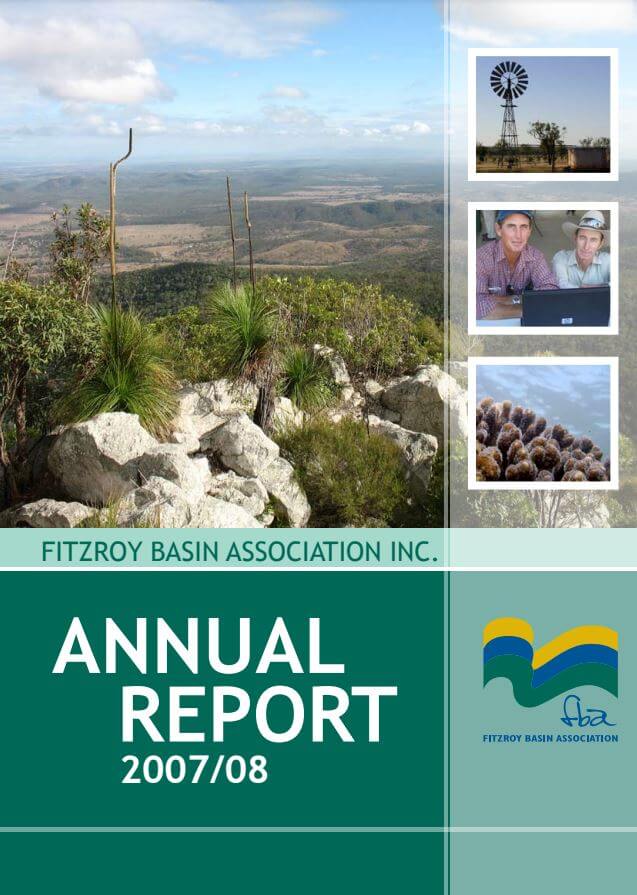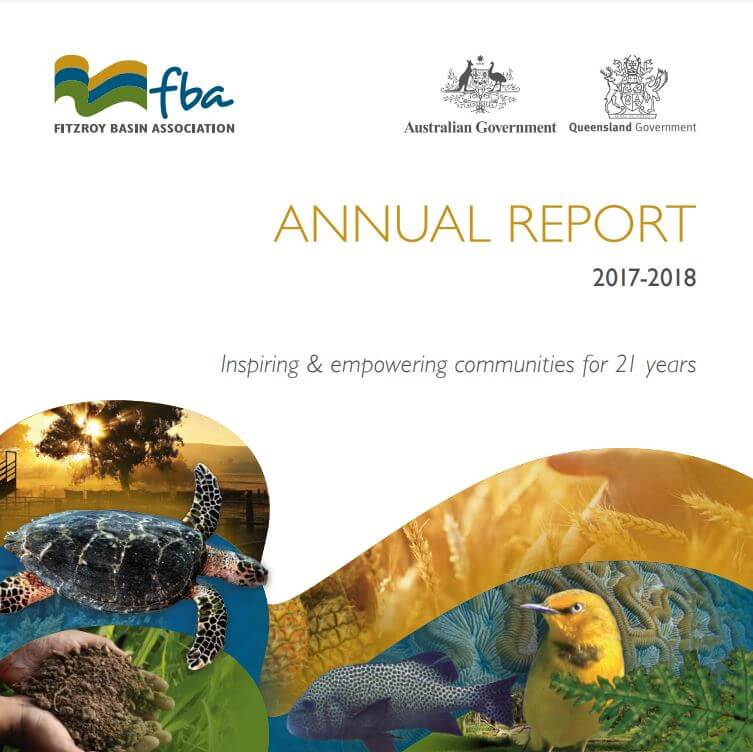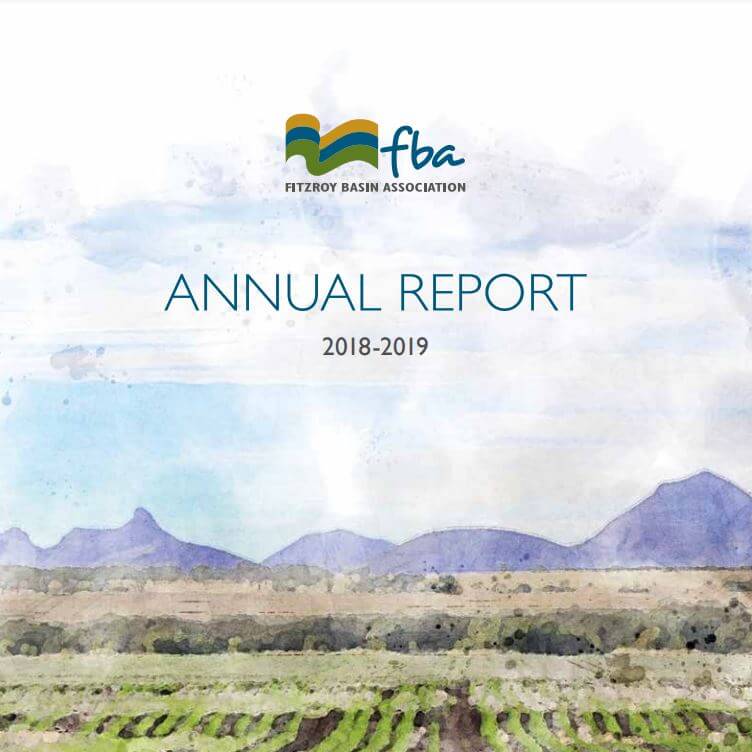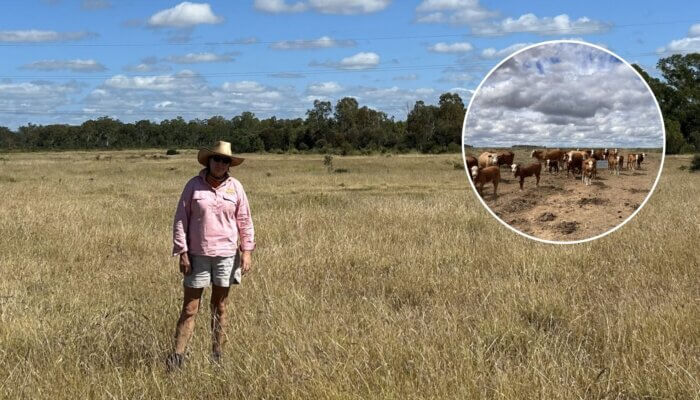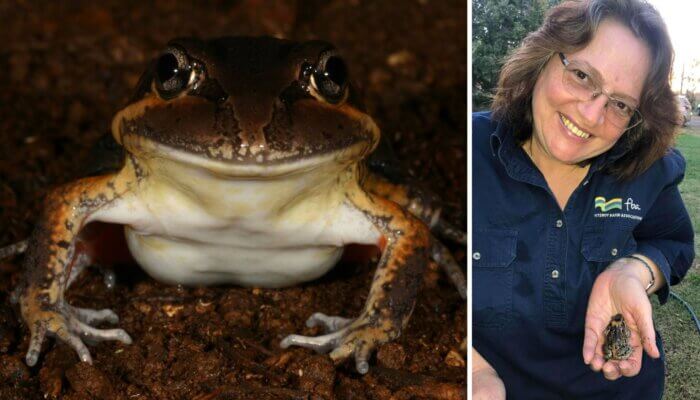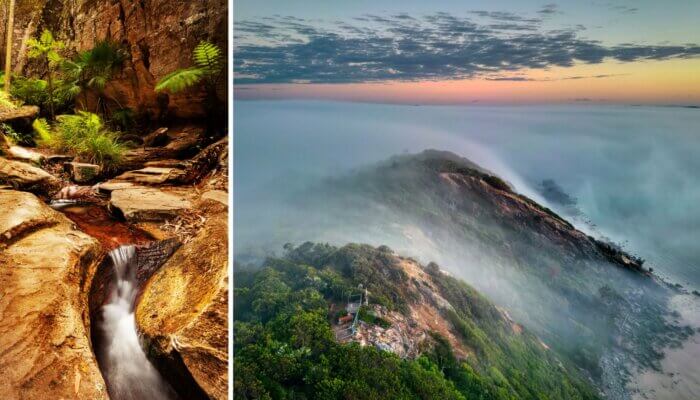Resources library
Resources
Contour Banks Case Study
Contour Banks Case Study
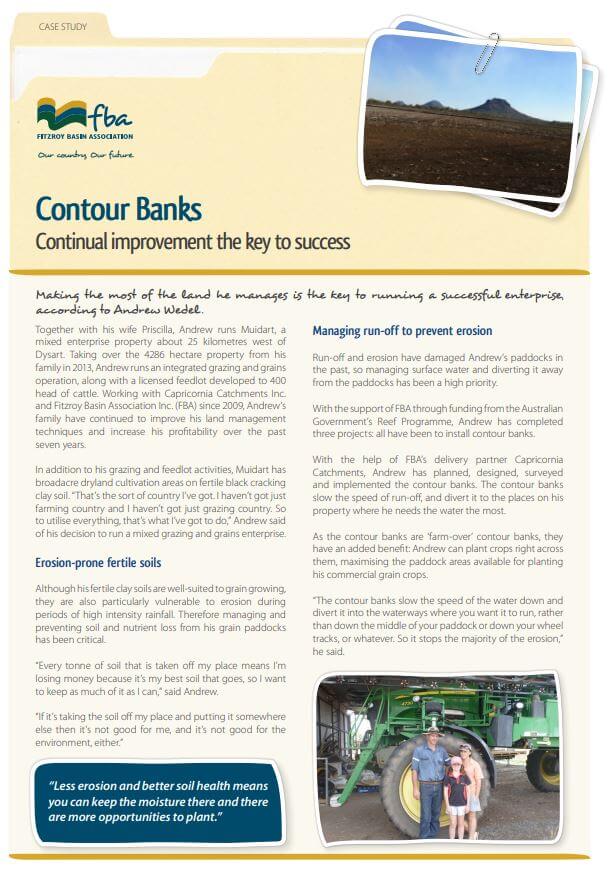
Making the most of the land he manages is the key to running a successful enterprise, according to Andrew Wedel.
Kroombit Tops Threatened Species Fact Sheet
FBA's Kroombit Tops Threatened Species Fact Sheet
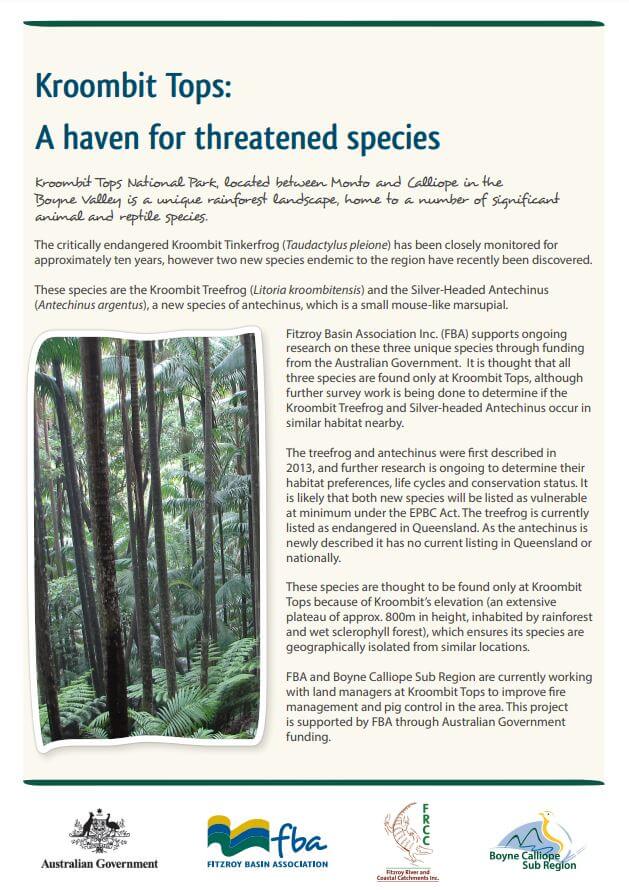
Kroombit Tops National Park, located between Monto and Calliope in the Boyne Valley is a unique rainforest landscape, home to a number of significant animal and reptile species. Download this fact sheet to learn more.
Multi-topic Forum – Workshop Summary
Multi-topic Forum - Workshop Summary
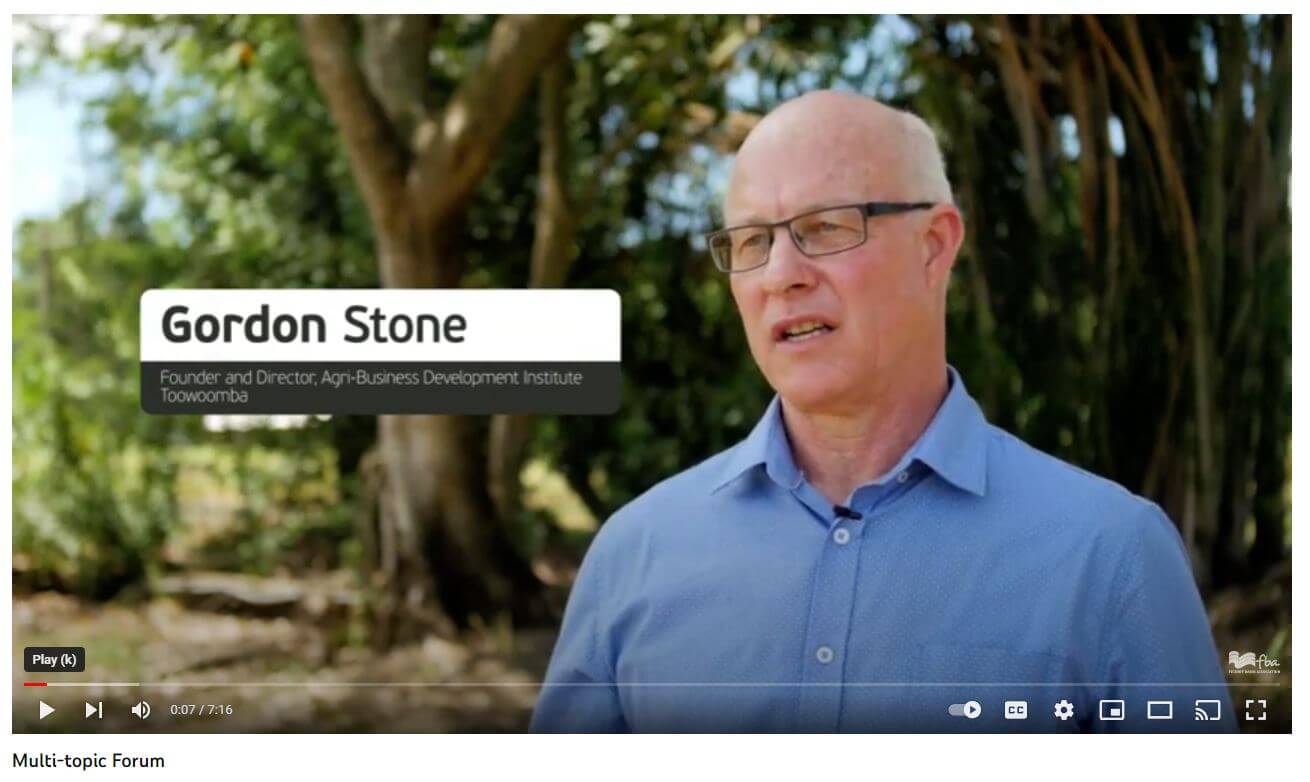
Practical ways to boost production, performance and profit. Held at the Rocky Sports Club on 20 November, 2018.
Fencing land types case study
Fencing land types - If you fence it, they will eat it

Making cattle eat the right grass in the right place is a lot like forcing a child to eat their vegetables - it’s difficult. When cattle find a more desirable grass species in a level, shady spot, they stick around.
Understanding the connection between land condition and cattle condition
The connection between land condition and cattle condition
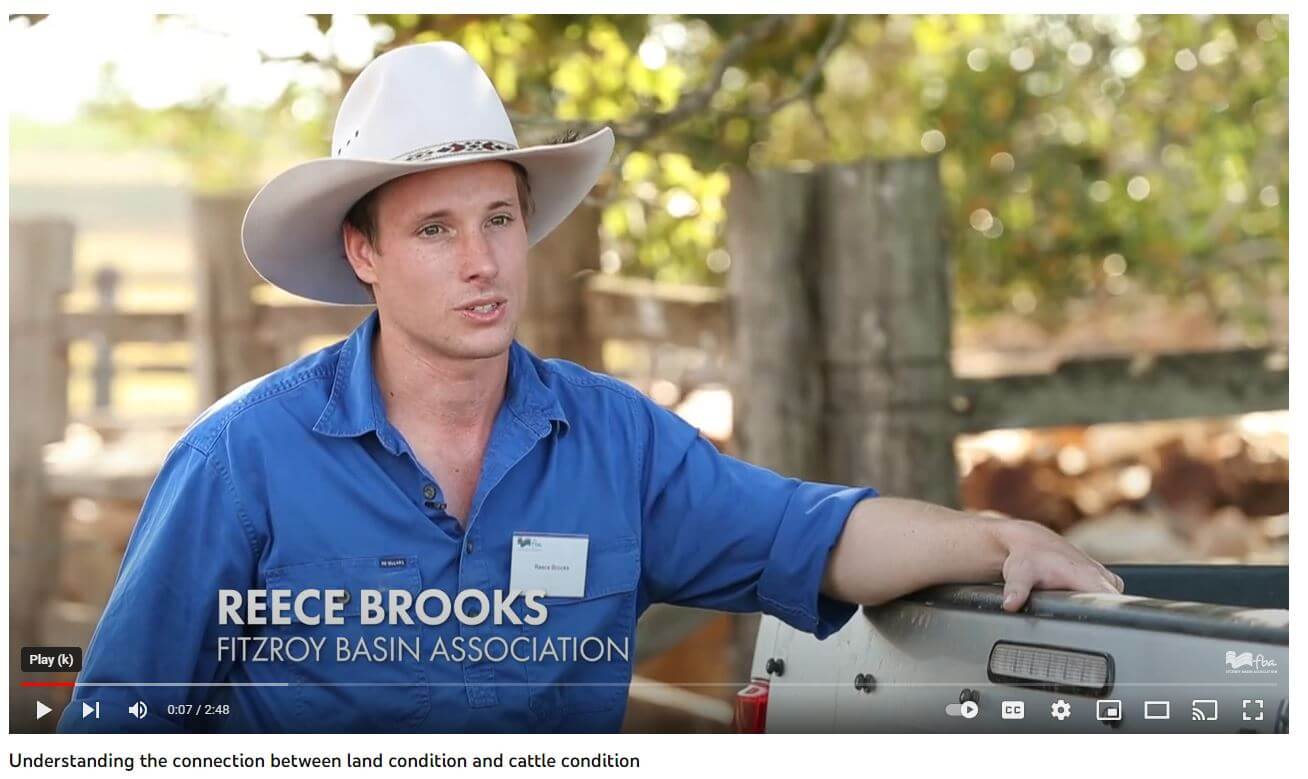
Everything decision a grazier makes can affect their productivity and profitability. Understanding the connection between land condition and that of the cattle grazing on those pastures, is key to a successful and sustainable business. FBA works with graziers in the Fitzroy Basin to help improve their practices which in turn benefits local water quality and the health of the Great Barrier Reef as well as the productivity and profitability of their business. This pregnancy testing workshop was supported by FBA through funding from the Australian Government and delivered through Reef Trust in collaboration with the Queensland Government.
Personalised property visits for tailored grazing solutions
Personalised property visits for tailored grazing solutions

When Sue and David Walmsley purchased Walm-ley in 2009, the 214 hectare Droughtmaster cattle stud was in poor condition. The soil was compacted and eroding, and its pastures were degraded. Walm-ley is just 6 km south of Injune and bordered by Injune Creek. It was clear its land condition had to improve so the Walmsleys grazing business would be sustainable, and their valuable soil would not be washed away and onto the Great Barrier Reef.





